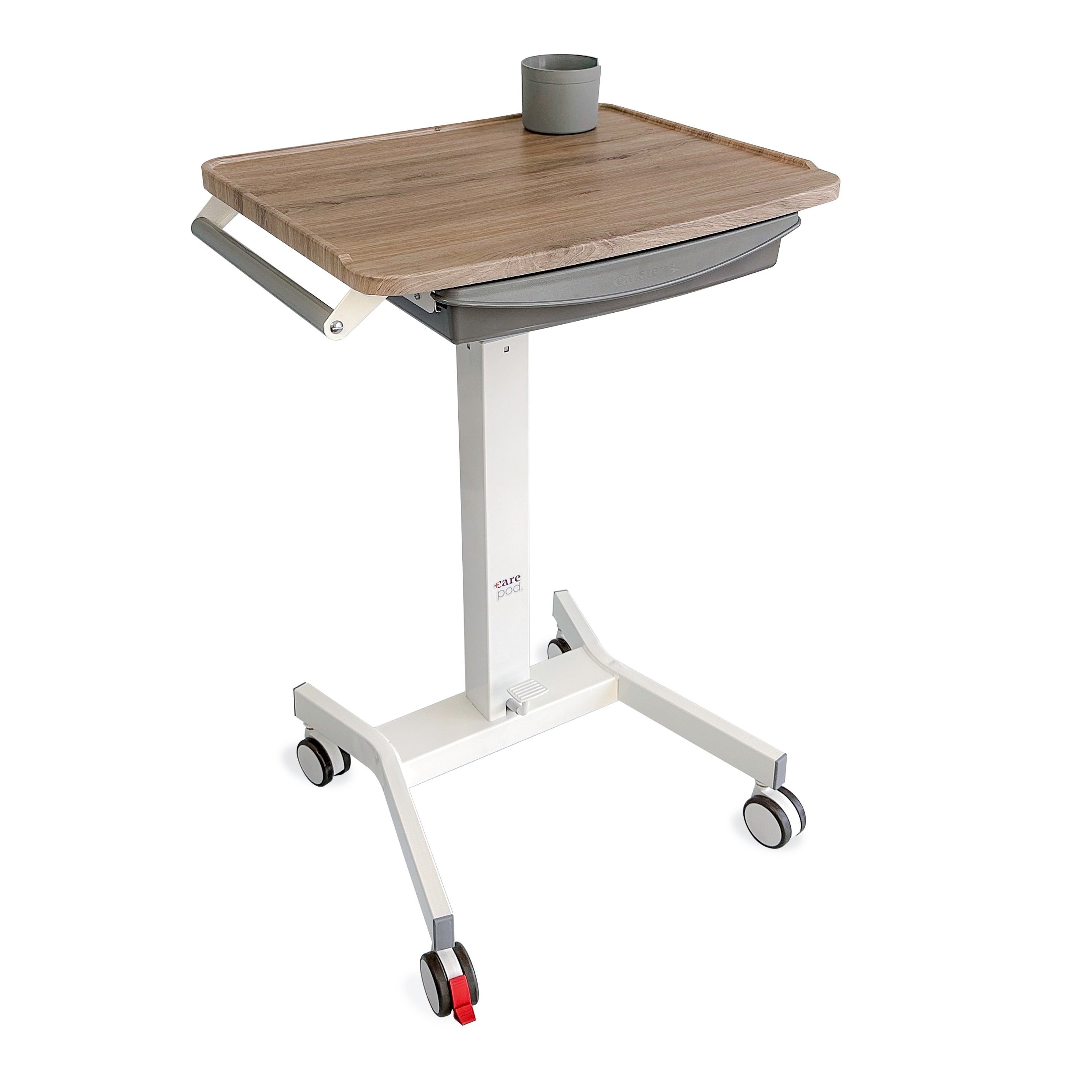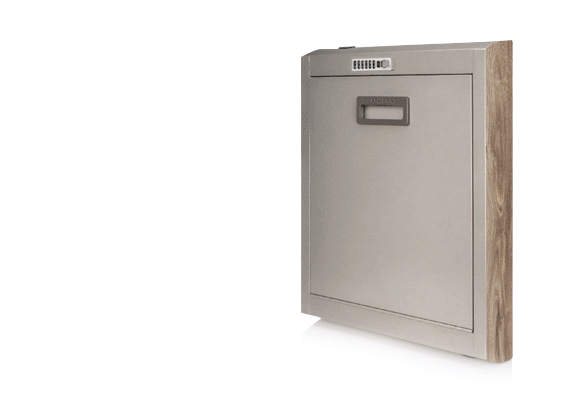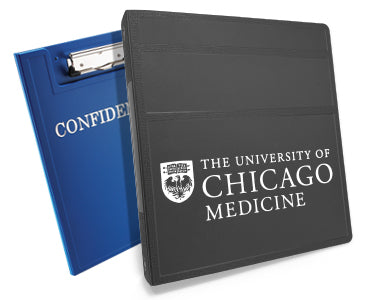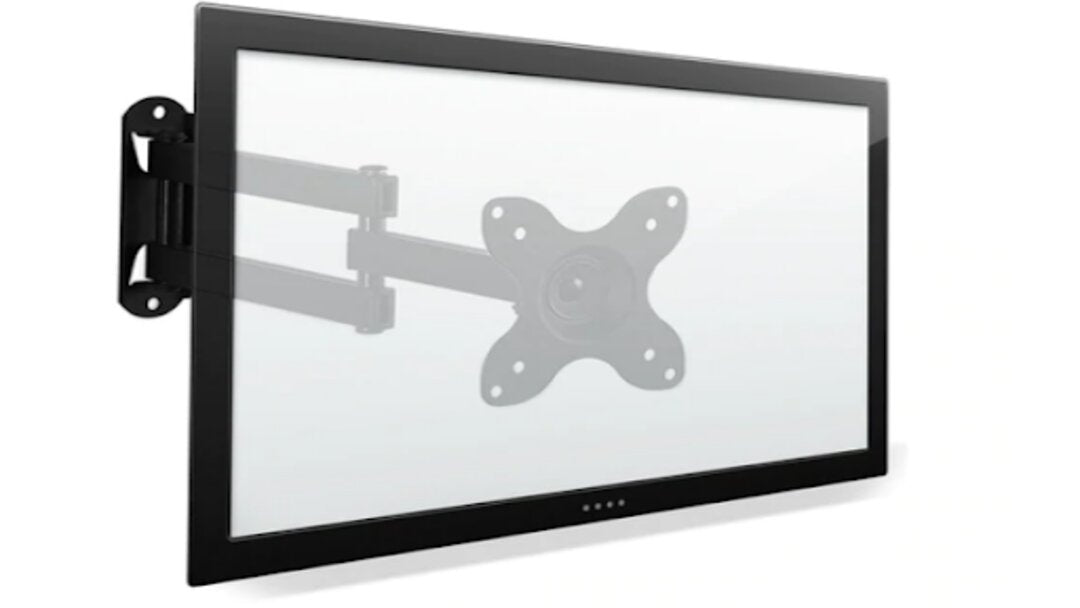Electronic medical records and paper medical records both have their time and place. Paper charting tool kits are one way you ensure all your methods are effective.
According to the CDC, nearly 90% of physicians use an EMR system for their daily administrative tasks. Electronic medical records are favored for being easy to edit, transfer, and access for physicians and patients. Electronic records are still subject to power outages or extreme weather patterns despite this growth in technology. This flaw is where paper medical records come in.
How can paper charting tool kits improve your workflow while keeping patient information confidential? We’ll break down the function of paper charting tool kits below.
The Benefits of Electronic Medical Records
Whether you use a cloud-based system or a custom medical software, electronic medical records are highly useful. This efficient tool increases access for everyone in the establishment, improving workflow without compromising data.
Below are a few benefits of electronic medical records:
Easily Updated
Have you noticed a bug in the system? Are you in need of an update to keep pace with medical compliance laws? Electronic medical recordkeeping is easily updated with the click of a button.
Accessible to Many
Patients need to access their medical records from the comfort of their own home. Similarly, medical professionals need to pull up paperwork or lab information from their office. Electronic medical records bridge the gap between all parties.
Back-Ups Keep Data Safe
If your establishment is hacked or compromised, electronic medical records are able to store back-ups. This feature is a must-have for maintaining modern security measures.
Related: Electronic Medical Records Pros And Cons
The Downsides of Electronic Medical Records
Electronic medical record systems are not foolproof. Just like any other digital program, electronic medical records are subject to a number of digital issues.
Hacking is a Major Problem
Medical establishments sometimes see their patients’ data compromised. Identity theft is among the most common issues, with some patients seeing their sensitive information sold online.
Glitches Can Happen Anytime
Electronic programs need to be updated on a rolling basis to keep pace with evolving hardware. A single glitch can shut down the entire system, delay appointments, and compromise data.
EMR is Rather Costly
Believe it or not, EMR can be more costly than paper records. Software programs fetch a high price, which doesn’t even include additional downloads, audits, or crashes.
Related: Enhance Your Brand Image With Custom Products
Medical providers need state of the art tools to provide the best possible care. We supply today’s hardworking staff with American-made tool kits, divider sets, and more.

The Benefits of Paper Recordkeeping
Paper charting tool kits are able to go where electronic medical records cannot. These flexible tools compensate for EMR downtimes by providing folders, filing, and a protective casing.
Let’s take a look at the benefits of maintaining a medical paper trail.
A Comfortable Format for Medical Workers
Medical workers of all experience levels are familiar with paper recordkeeping. EMR systems are constantly evolving, often requiring extensive onboarding sessions to be used properly.
Reliable During EMR Downtime
Just one power outage can halt your hospital’s operations and make it difficult to attend to your patients. A paper charting tool kit ensures your administrative tasks will still be carried out accurately and smoothly.
Significantly Reduced Costs
Paper records are not as expensive as they seem on the surface. Your paper charting tool kit may use paper and plastic, but this tool still doesn’t need regular updates or audits.
Related: Enhance Your Charting Organization With Customized Dividers
The Balance of Paper Recordkeeping With Digital
As the saying goes: two things sometimes go better together. Paper record keeping balances nicely with digital tools in the health industry.
No Back-Up System? No Problem
Unlike electronic medical records, your paper charting tool kit doesn’t have a back-up. Unless you’re willing to recreate every single page by hand, your single binder is the only copy you have.
That said, paper recordkeeping can still be paired with digital tools like scanning and saving files, so this is an easy area to work around.
Errors Can be Difficult to Buff Out, So Proper Care is Key
Electronic medical records are easily updated on a rolling basis. Medical professionals are able to make quick edits or updates that everyone can access immediately.
Paper recordkeeping is more prone to errors due to being written by hand. These errors can be avoided by encouraging a little extra care on behalf of the medical staff. When in doubt, use a little white-out.
Getting to the Source of Mistakes is Difficult, But Not Impossible
What happens when a physician records the wrong information? If an application is lost, who’s able to find it?
When a mistake is made with a paper trail, getting to the root of the issue is sometimes difficult. Again, we recommend scanning paper copies and keeping the files somewhere safe.

Conclusion
Medical records are the foundation of a smoothly running medical establishment. Without consistent and accurate recordkeeping, patients wouldn’t be able to receive high-quality care.
Electronic medical records are the standard today, providing easy access and quick updates for medical staff. The downside of electronic medical records are its high costs, susceptibility to power outages, and constant need for retraining.
Paper charting tool kits don’t have a back-up system, but are reliable during power outages. Paper records are also more accessible to the majority of medical staff due to reduced training costs.
We provide clinics, urgent cares, and hospitals with the equipment they need to do their best work. Contact us today for a quote!






